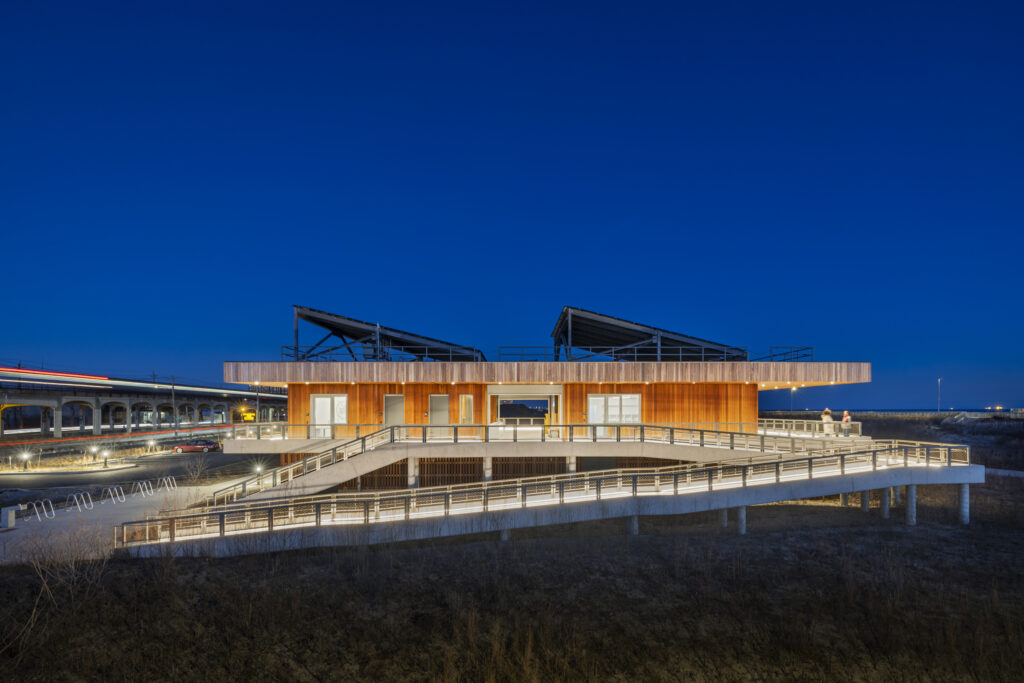Dignity in Design
Process in design is not linear, nor is there a prescriptive method from one authoritative voice on how process in design is defined. The design process is flexible, allowing it to address the specific typology, geography, demography, etcetera. This series on Process will focus on Dignity in Design—from the start of the design through post-occupancy. What dignity means to the architect, the client, and the end user will be explored in the coming months. We will examine how various architects tailor their design process for a specific project centering on the end user. Practitioners will illustrate how dignity threads through the design process without sacrificing other project priorities and aesthetics. For an in-depth understanding, when feasible, we ask the architect and end-user to provide insight into the development methods and post-occupancy. The ideal result is that a sense of dignity is maintained—not created. Architects can design what they may think is best for a project brief, but it is the end users who define how a space makes them feel.
As we addressed the ‘process’ of how architects design while keeping dignity at the forefront through post-occupancy, the first question we asked was “How does one demonstrate that many architects do this in practice?” The second question was “Who gets to decide what defines dignity in a project: the architect, a critic, the client, or the user?”
For this series of articles, the most appropriate definition of dignity comes from the Collins Dictionary – “Your dignity is the sense that you have of your own importance and value, and other people’s respect for you.” This definition allows us, as practitioners of architecture, to question our approach. How do we as architects assure the client or end user that we value them and consider them during the design process and in post-occupancy? What questions should we ask before we put pen or pencil to paper? What can we examine before site analysis and study models? Who should we speak to: the client, the user, or the janitor? How do we construct our process to ensure that the user’s dignity is not compromised? While toolkits and frameworks are commonly used at the start of projects, of equal importance is data from post-occupancy evaluations. The collection of this data provides a baseline for future projects of the same or different typology and can allow us to use the toolkits and frameworks more effectively and efficiently.
As my colleague Pat Bosch astutely stated, “We are not here to build monuments to ourselves.” The work we do is not for our gratification—it directly affects the humanity of the population. As we continue to elevate our profession, we should also legitimize our end users by providing a dignified process for a gratifying post-occupancy.
Editorial review provided by Lauren Neefe.
